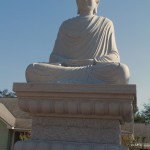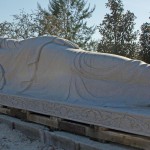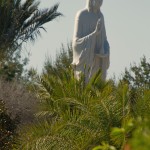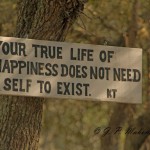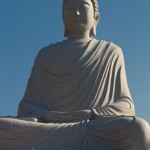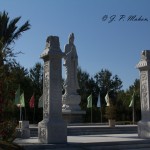Looking forward to Holy Week, I went back to Bishop Spong’s columns on the scripture and Holy Week. In today’s Gospel, the debate over who Jesus was continues. The backdrop is the plot against Jeremiah in the first reading. Who was plotting against Jesus? Initially, I think it was the Roman authorities who were trying to squelch the radical reformer from the hinterlands of Galilee. The crowds were growing and, as they did, Jesus posed an even greater threat to Roman rule. The early followers of the Way worshipped in the synagogues as Jews who followed the teachings of a Jewish Rabbi called Jesus. It was only after the rift when “Christianity” split from Judaism that “the Jews” came to be implicated in Jesus’ death. How the Jewish people have suffered once this took hold and once the church abandoned the nonviolence of Jesus.
We know very little about the details of Holy Week. It seems to me that most modern scripture scholars agree that the Gospel accounts of the crucifixion and resurrection were fashioned by writers who were targeting specific communities and who were building the story by bringing in events which show Jesus to be the Messiah proclaimed in the Hebrew Scriptures. Continue reading


